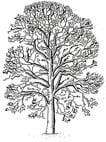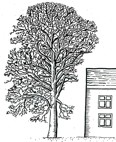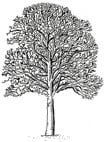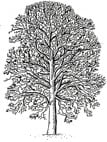TREE TERMS
| 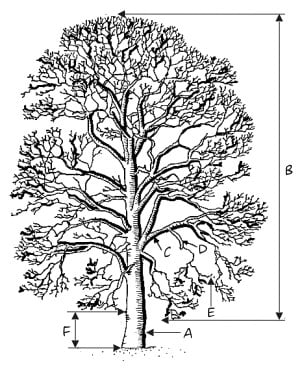 |
| | |
Crown Thinning Removing smaller secondary branches from inside the canopy is known as ‘crown thinning’. Generally this work concentrates on the branch extremities. Because crown thinning reduces leaf area, it can have an adverse effect on the tree. Over-thinning can lead to bark damage through sun scorch of thin barked trees (such as beech) and can lead to a proliferation of suckers in other species (such as oak). The increased light levels achieved may only be temporary. Crown thinning must always be specified by a percentage (10% is 1 in 10 secondary branches) and a maximum cut size. | | |
| | ||
Branch ReductionReducing the length of branches is known as ‘branch reduction’. Branches are cut back to a side branch to leave a flowing branch line, rather than stumped off leaving the tree looking like a hat rack. Reductions must be specified by a finished height and spread, often in relation to a nearby feature (roof, gutter height, etc). | | |
| | ||
| | |
| | ||
Crown CleaningRemoving dead, dying, diseased, weak branches, epicormic shoots (suckers), climbing plants, etc is known as ‘crown cleaning’. | | |
| | ||
Poor Tree Surgery Consent is unlikely to be granted for any work that would endanger the health of a tree or greatly reduce its amenity value to the local environment. All tree work should be carried out to BS 3998:2010. | | |
| | ||
Page last updated on: 14/04/2011





